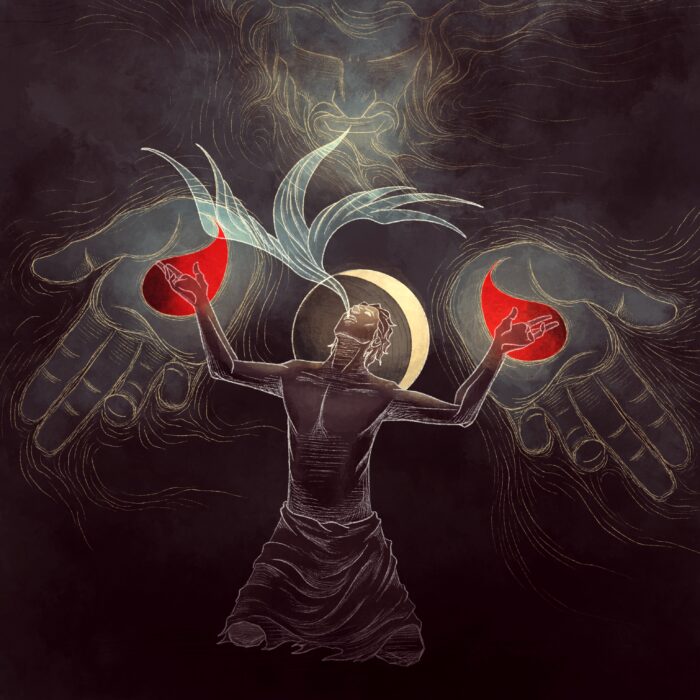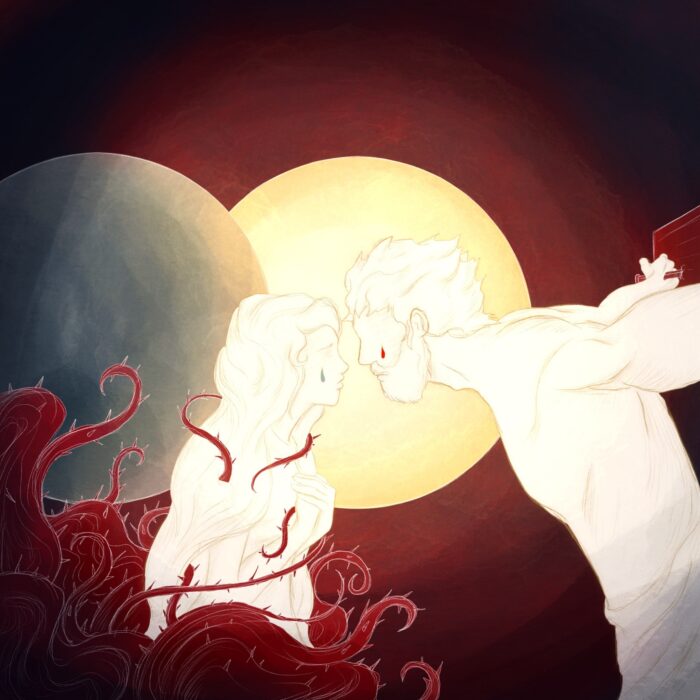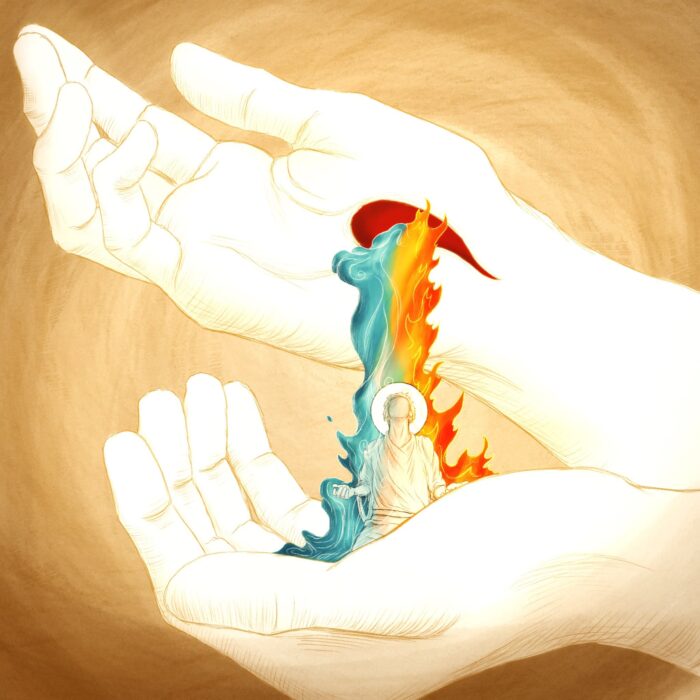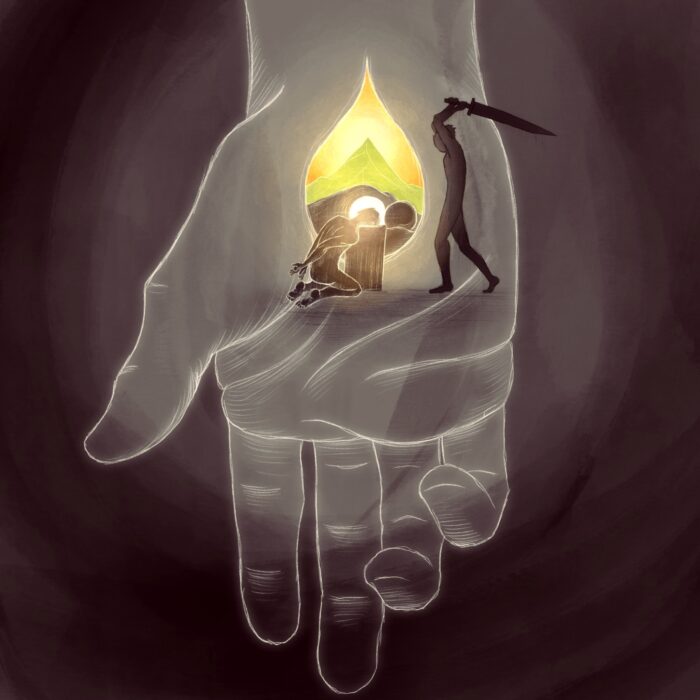Philippians 3:10-11, ‘That I might know Him, and the power of His resurrection, and the fellowship of His sufferings, becoming like Him in His death, that by any means possible I may attain the resurrection from the dead.’
Jesus Christ is essentially and irreducibly the crucified and risen one, and so, to truly and intimately know Him means to be drawn into and to be profoundly shaped by that same pattern: to know both the power of His resurrection and the fellowship of His sufferings, to become anastasiform, even as He is anastasiform.
But, see that these two experiences (that of His suffering and of His resurrection) are not ‘equal’ in the sense that ‘bad’ suffering and ‘good’ resurrection power (to use crass generalizations) are 50/50 in our lives. No, we are united to the One who is fundamentally anastasiform, not ‘cruciform,’ which is to say, through He is ever and always the crucified one, His resurrection exerts the defining influence on this entire dynamic. Yes, we share in His death, we share in His crucifixion, we share in His suffering, but we share in these things as they are understood in light of His resurrection. By the resurrection, the crucifixion is unveiled as the world overcoming, sinner reconciling, God revealing obedience of love. The resurrection forever redefines the crucifixion—and so, for those united to the risen one, forever redefines all that was encompassed by the crucifixion, which is to say, all suffering, sorrow, sin, death, and damnation.
Thus, the ‘sufferings’ which He seeks to know in Phil.3:10, are not the death and sufferings of Christ as one would have experienced them on Golgotha, but are the death and sufferings of Christ as one knows them to be in the light of Easter morning.
This is why ‘[Christ’s] sufferings’ have become a ‘fellowship,’ or a ‘communion,’ for Paul in Phil. 3:10. They are stripped of their monstrosity, stripped of their godforsakenness, stripped of their shame and darkness and—by the interpretive light of the resurrection—become a context within which the suffering saint might meet with, be held by, and find communion with the Lord who endured and is is risen beyond all suffering.




